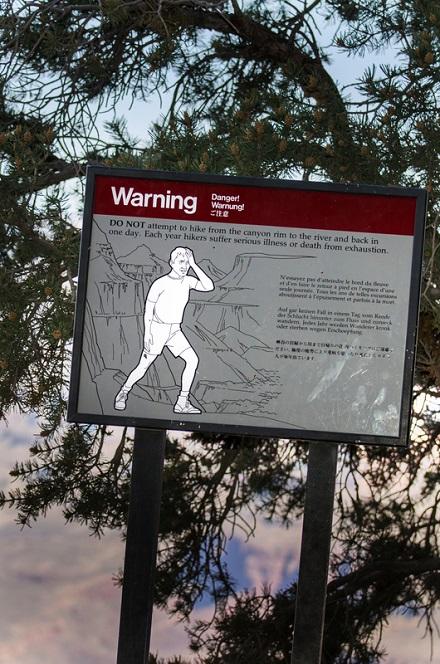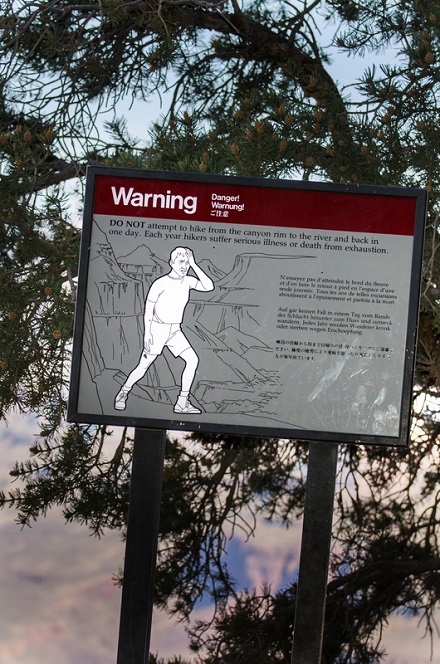

If you can’t stand the heat…well, it’s obvious that plenty of people can’t. And after plenty of news stories last summer in which athletes suffered serious heat sickness and even death, event owners are becoming more cautious, even cancelling high-profile events in recognition of dangerously hot conditions.
The New York Triathlon, scheduled for July 21, threw in the towel a few days before the event, cancelling the event and citing an excessive heat warning from the National weather service for the tri-state area.
“Through this week and into the approaching weekend, the New York City metro area has experienced multiple weather advisories, including severe heat warnings, continued heavy rainfall and thunderstorm watches,” noted race officials in an e-mail to all participants. “Race day tem perature and humidity levels are projected to reach extreme levels. After exhausting all options to mitigate athlete, volunteer, spectator and staff exposure alike, we are unable to provide either a safe event experience or an alternate race weekend.”
Participants are being issued full refunds automatically and were provided preliminary information on the 2020 event in the e-mail.
The ongoing heat wave was responsible for other sports cancellations as well. In Maryland, horse racing was put on hold. The Maryland Jockey Club canceled its live races at Laurel Park for both Saturday and Sunday, citing excessive heat. Officials at Finger Lakes Gaming & Racetrack in upstate New York announced that the New York Derby and New York Oaks, had been canceled due to excessive heat in the region. (It was subsequently rescheduled).
An article in the Washington Post noted, “From community races to the Olympics to the World Cup, event organizers are already having to make adjustments to competition schedules and start times.”
Even organizers of events that take pride in being extreme, such as Nevada’s Running With The Devil race, which goes through the Mojave Desert, knows what athletes are up against. Runners have had to be airlifted off the course in previous years, and the 2013 race was canceled altogether when the forecast called for 117-degree heat.
Precautions taken by race directors include water jugs and aid stations located throughout the course, along with more than 3,000 pounds of ice.
The dire consequences of heat – even upon a well-conditioned athlete – made news last week when former Super Bowl player Mitch Petrus died of heatstroke at age 32.
Heat safety precautions – and the problems caused by the lack of them – were in the spotlight last summer. According to an article in USA TODAY, preliminary findings from an independent investigation of the death of University of Maryland football player Jordan McNair showed medical personnel failed to immediately treat McNair for heatstroke when he fell ill during a supervised workout.
An article in SDM noted that according to the Collier County (Florida) News-Press, the National Center for Catastrophic Sports Injury has research indicating that from 1995 to 2015, 61 football players died from heat stroke (46 high school, 11 college, two professional and two organized youth). Ninety percent of recorded heat stroke deaths occurred during practice.
Despite this, officials in many states are fighting an uphill battle with school administrators to counter the problem.
The Florida High School Athletic Association, for example, balking at suggestions that it should have basic life-saving equipment in case of heat stroke last year voted not to require the standard equipment or special thermometers, known as wet bulb globe thermometers (WGBTs) that measure heat stress. It did, however, agree to require that all coaches and student athletes take the National Federation of State High School Associations’ Heat Illness Course.
At least at the professional level, organizers are taking note. The Australian Open has safety protocols in place for extreme situations, and the IOC and FIFA have formed committees to study heat-related issues at major events.
The 2019 track and field world championships are being held in Qatar, and officials have taken the step of beginning the marathon at midnight. (And of course, when Qatar was awarded the 2022 men’s World Cup, that event was moved to November and December rather than the summer months, as is traditional for hosting nations.)
And while it’s still months out, medical officials are worrying about athletes competing in the 2020 Olympic Games in Tokyo. According to the Washington Post article, with an anticipated average temperature of nearly 90 degrees and humidity topping 55 percent, those Olympic Games will be on par with some of the hottest athletic events ever staged. Organizers are already strategizing on how to host some events without risking athletes’ health. (As an example, the marathon will begin at 6 a.m.) and some U.S. athletes have moved their training to Tokyo in order to be ready.

